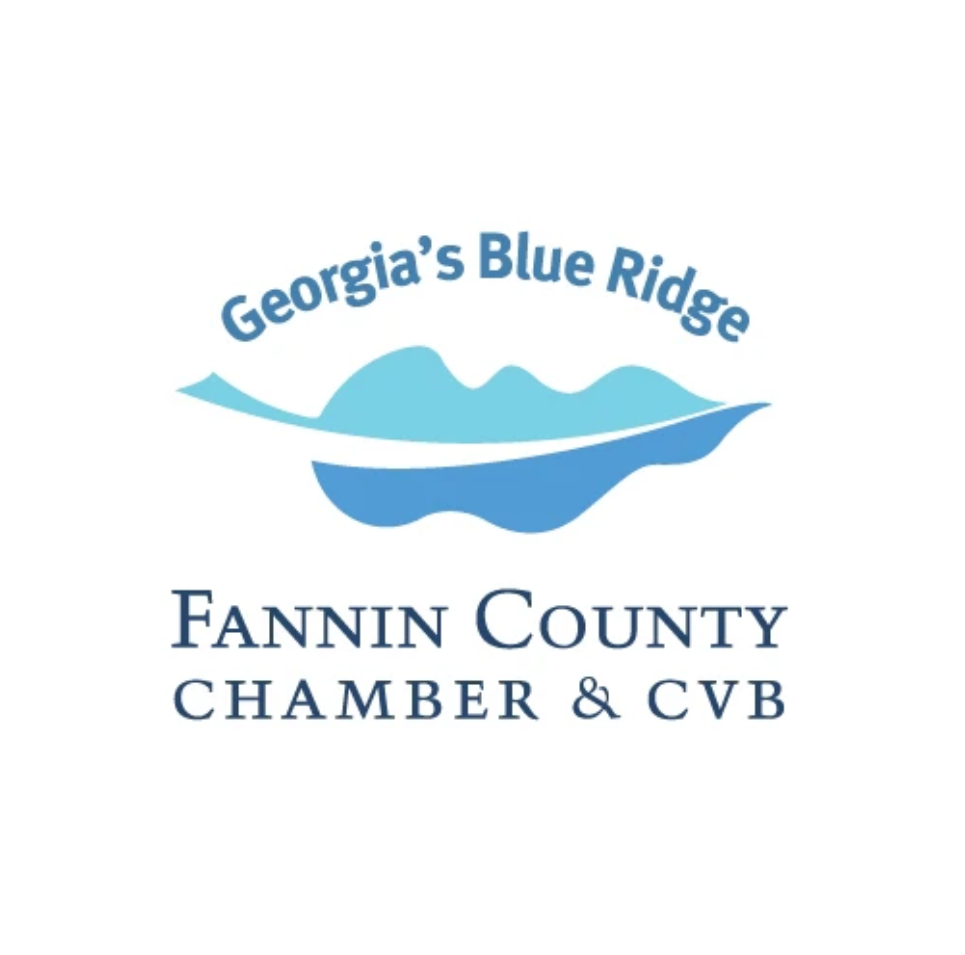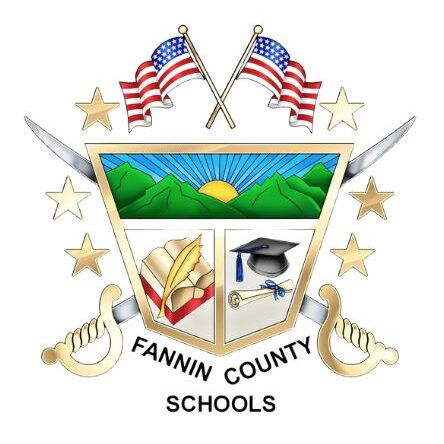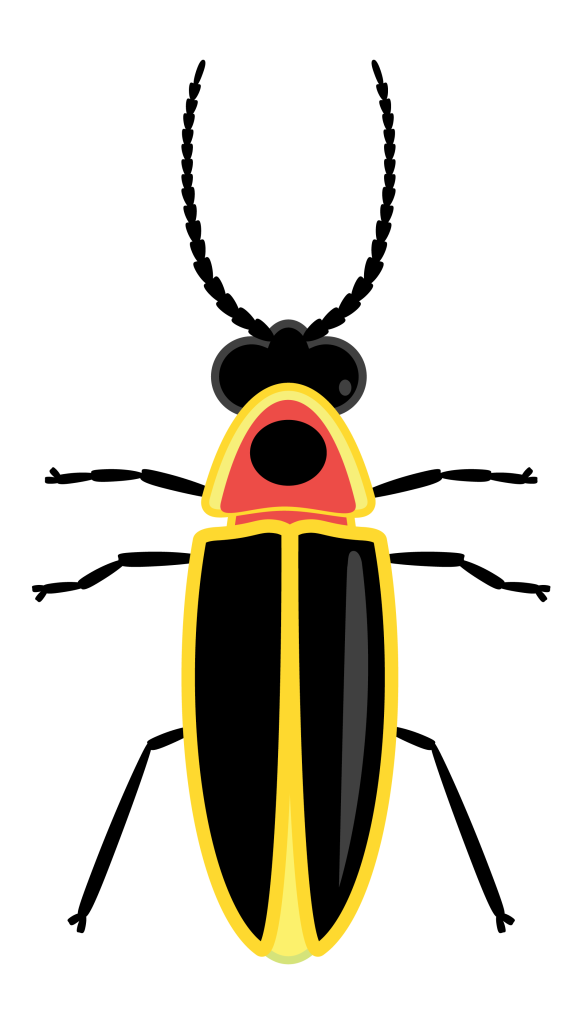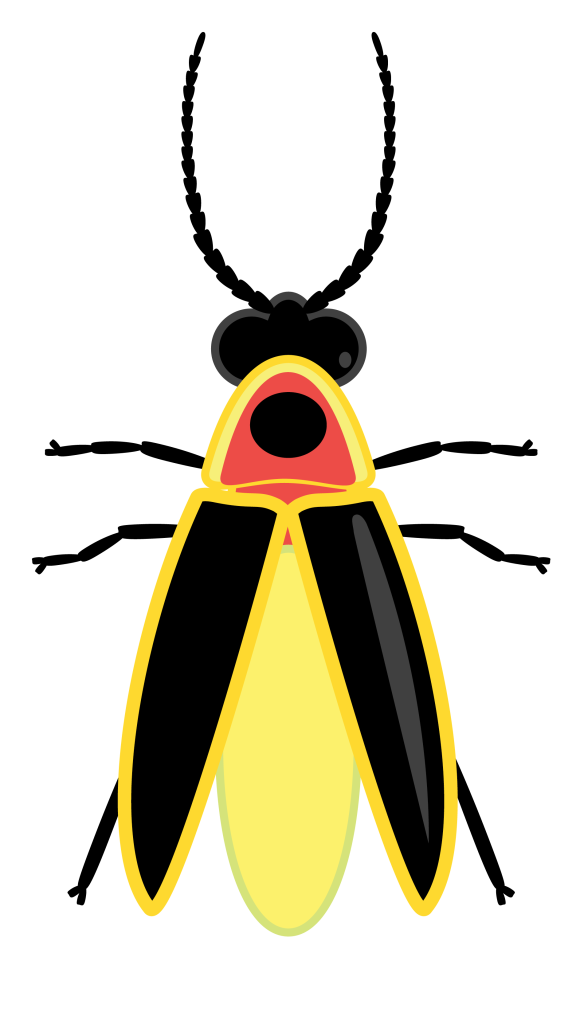

Fireflies for Educators
Do you call them “fireflies” or “lightning bugs?”
Whether you call the glowing beetles with flashes “fireflies” or “lightning bugs” can depend on where you grew up. Southerners tend to use the term “lightning bugs” while those growing up in the north use “fireflies.” Use this poll to ask your class their preferred terminology and graph the results!
PowerPoints for Educator Use
PowerPoints for Educator Use piloted in with 2nd, 4th, and 8th graders.
- Part 1: Firefly Biology and The Big Dipper Firefly This lesson involves a hands-on component. Review the PowerPoint to understand the clapping portion.
- Part 2: Building Firefly Habitat This lesson involves a hands-on component. You will need paper, colored pencils, basic landscape drawing templates (optional), seed catalogs for flower selection inspiration.
Incorporate Fireflies into your Language Arts Curriculum
Books Used by Educators
- Firefly Song: Lynn Frierson Faust and the Great Smoky Mountain Discovery by Colleen Paeff
- Very Lonely Firefly by Eric Carle (preschool through early elementary)
- Glow: Animals with Their Own Night Lights by W.H. Beck (early elementary)
- Light the Sky, Firefly by Sheri Mabry Bestor (6-9 years)
- Fireflies in the Night by Judy Hawks and Ellen Alexander (4-8 years)
- Fireflies by Julie Brinklove (6-7 years)
- Fireflies Book: Fun Facts about the Fireflies You Loved as a Kid by Brett Ortler (upper elementary – middle school)
Writing About Fireflies
Use this firefly prompt for writing assignments:
Cultures all over the world and throughout time have recognized the uniqueness of fireflies. Two thousand year old Chinese writings describe the insects as “night travelers with bellies of fire.” Navaho tradition relates fireflies to First Women’s desire to bring fire and light to her people. In Japan, they were thought of as the departed souls of warriors.
Imagine that you had never seen a firefly. You are hiking at dusk on a trail in the North Georgia Mountains. You round a corner in the trail and suddenly there are hundreds of lights flashing – your first encounter with fireflies. What would you think? How would you feel? Write a short story or poem about the experience.
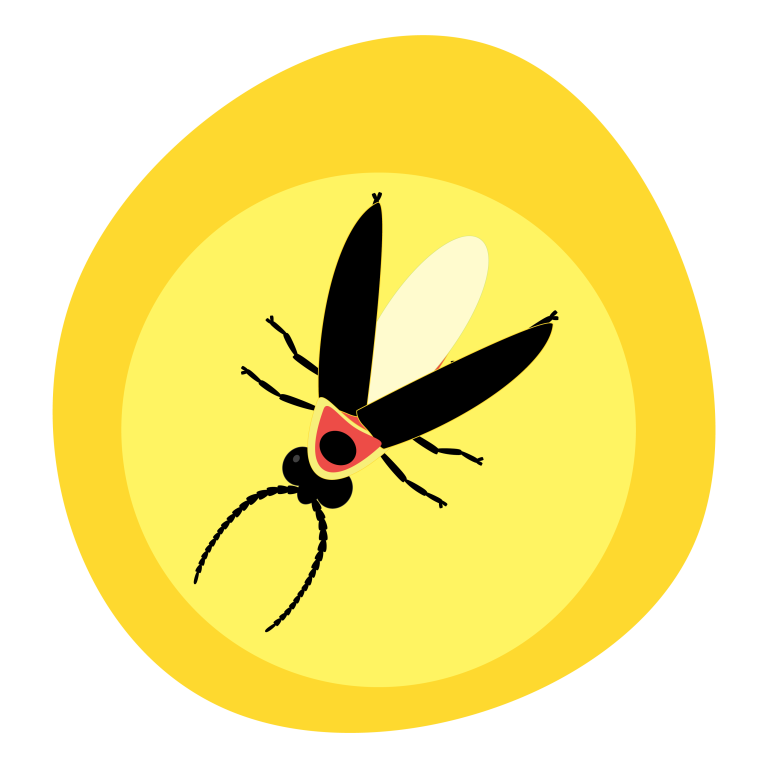
Designing a Firefly Habitat
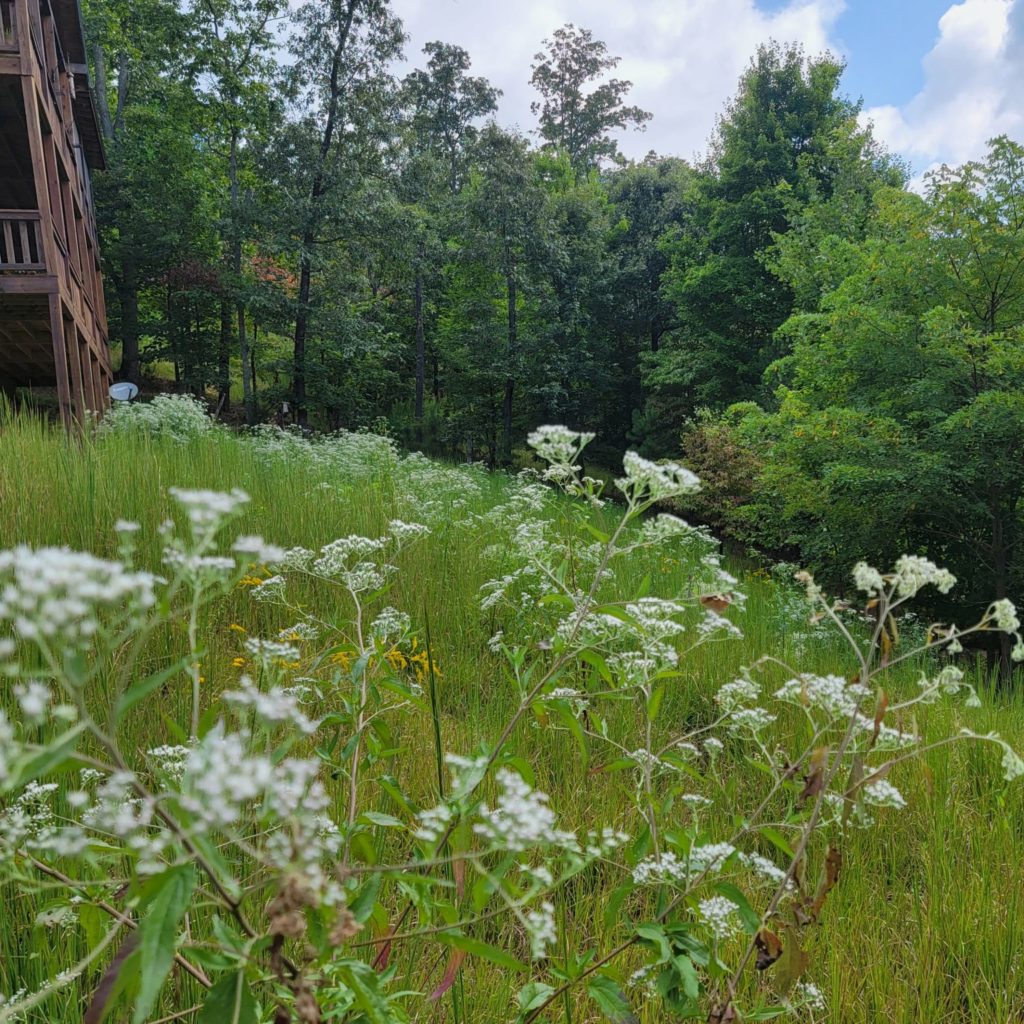
Download information on adding firefly habitat to your school garden.
Your school garden could become a certified habitat for fireflies.
To become a certified firefly habitat you will be asked if you are:
- Providing undisturbed cover for adults and glowing larvae
- Encouraging plant diversity to preserve soil moisture
- Reducing Light Pollution
- Restricting Pesticide Usage
Resources on creating firefly habitat are located at firefly.org.
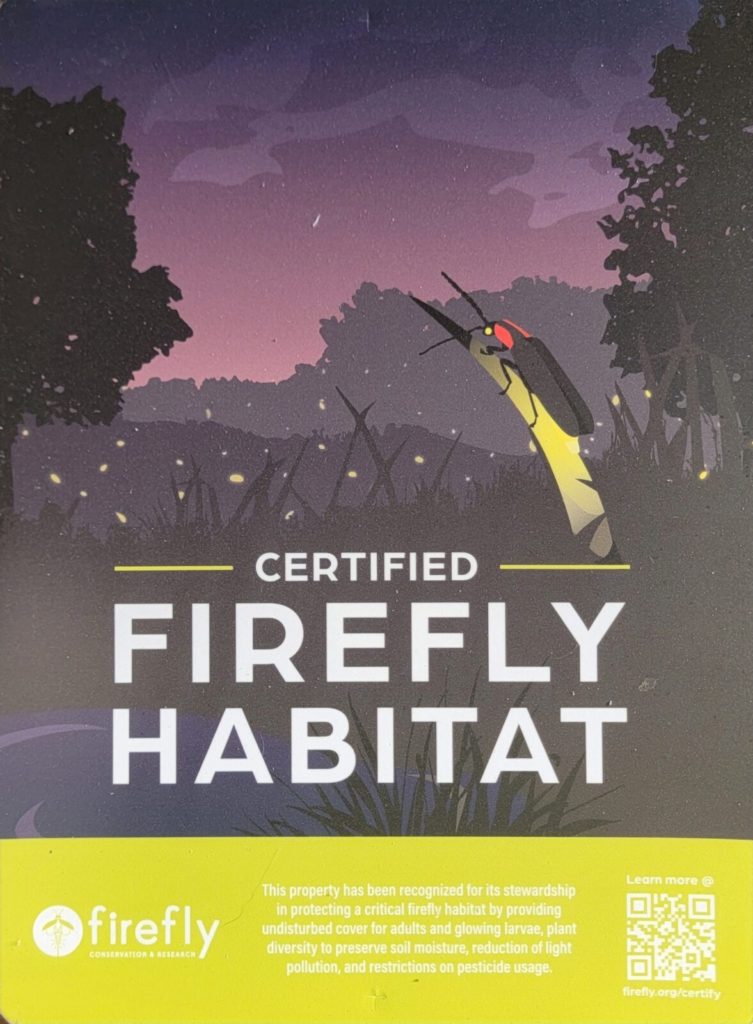
Links, Interviews and Podcasts:
- Becky Griffin’s interview with Lynn Faust about her career as a firefly entomologist and advocate.
- Xerces Information on Firefly Conservation.
- Firefly Coloring Sheet 1 – Lifecycle of the Big Dipper (created by Margot Popecki with support from the UGA Graduate School, Athens-Clarke Public Library, and EcoReach.)
- Firefly Coloring Sheet 2 – Firefly color by numbers (created by Margot Popecki with support from the UGA Graduate School, Athens-Clarke Public Library, and EcoReach.)
- Information sheet on Big Dipper Firefly (Photinus pyralis)
- National Geographic’s 3 minute audio on The Dark Side to the Firefly’s Flashes. This discusses how some females from the Photuris firefly family lure males for food.
- Scientific American’s 11 Cool Things You Never Knew about Fireflies.
- National Geographic’s 1 minute film on The Science of Summer – Fireflies.
- Atlanta Firefly Project.
- Ecoreach’s University of Georgia’s Ecology website.
